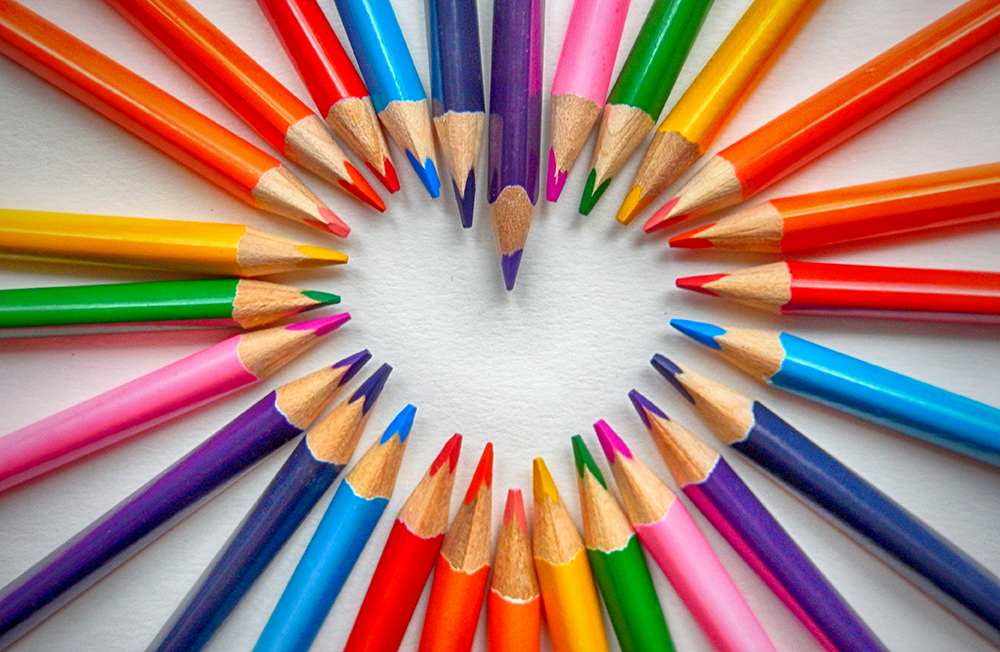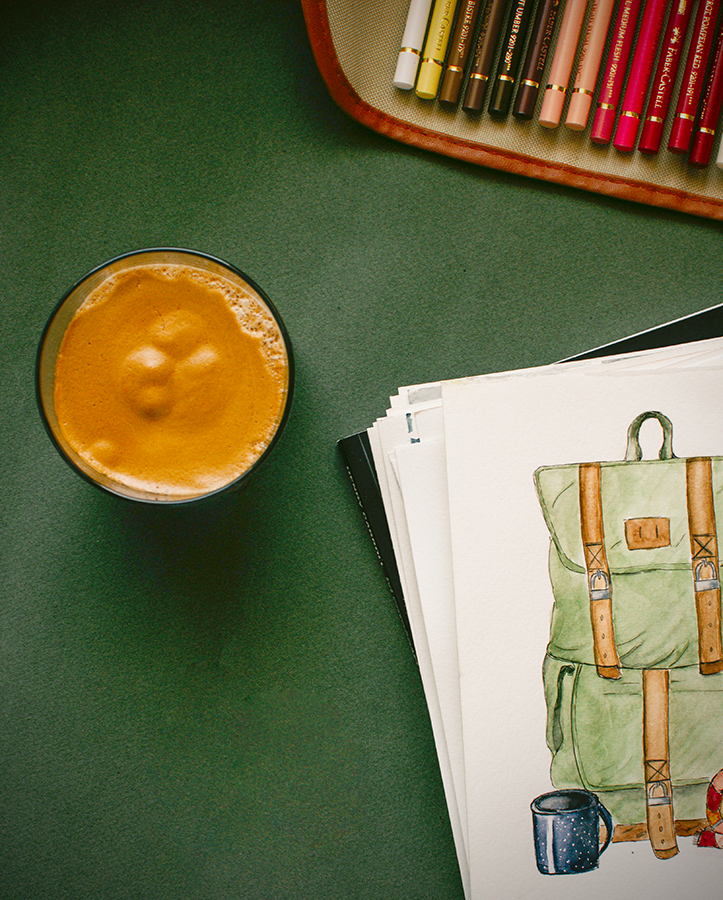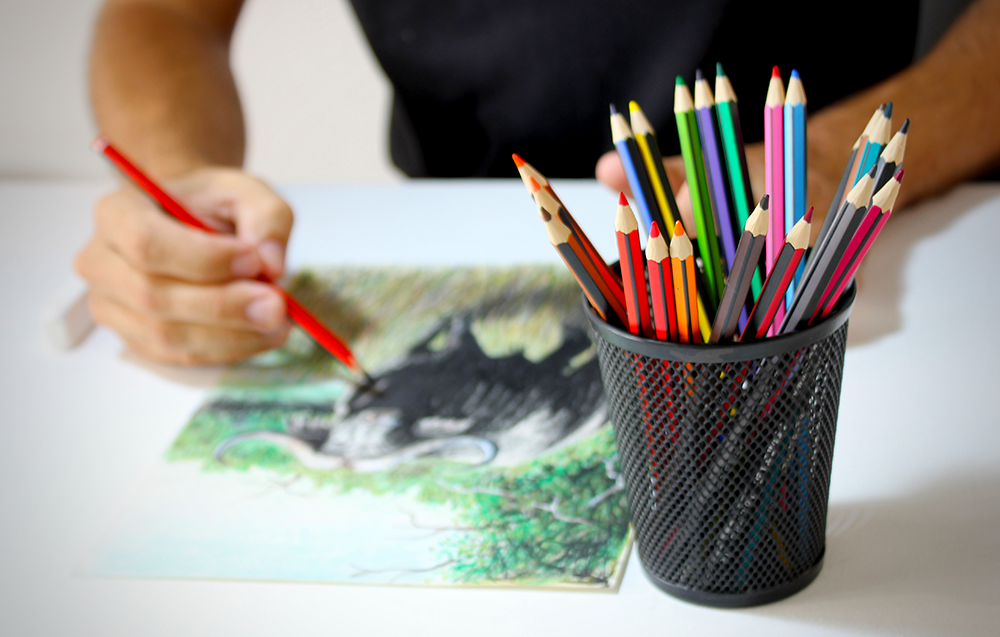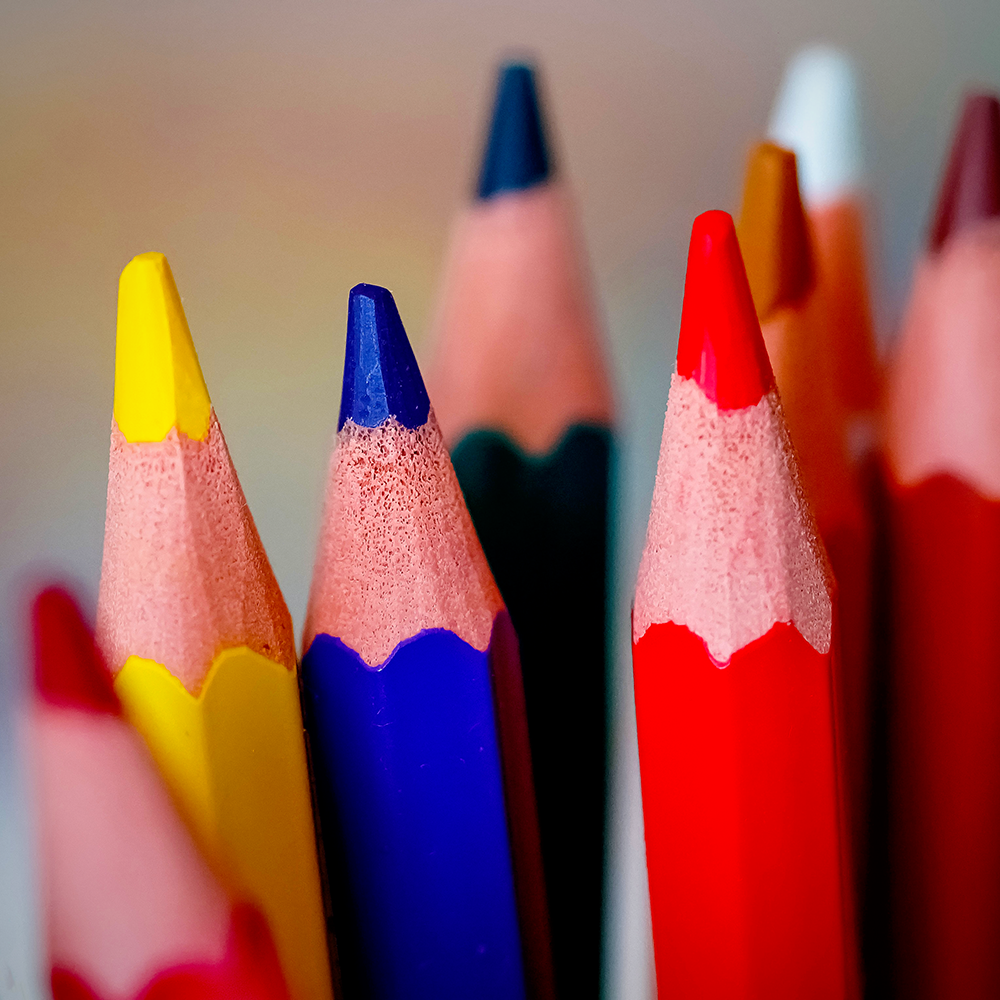If you're an artist who's just starting out, you may be wondering what type of pencil is best for you.
There are many different types of pencils on the market, each with its own unique benefits and drawbacks when it comes to colored pencil drawings.
If you're looking for an introductory colored pencil 101 guide, this is just what you are looking for.
In this article, we'll be taking a look at colored pencils, discussing what makes them a good choice for artists, what some of the different types of colored pencils are, and how to use them to get the best results.
By the end of this article, you should have a better understanding of whether colored pencils are right for you and how to use them to create beautiful works of art.


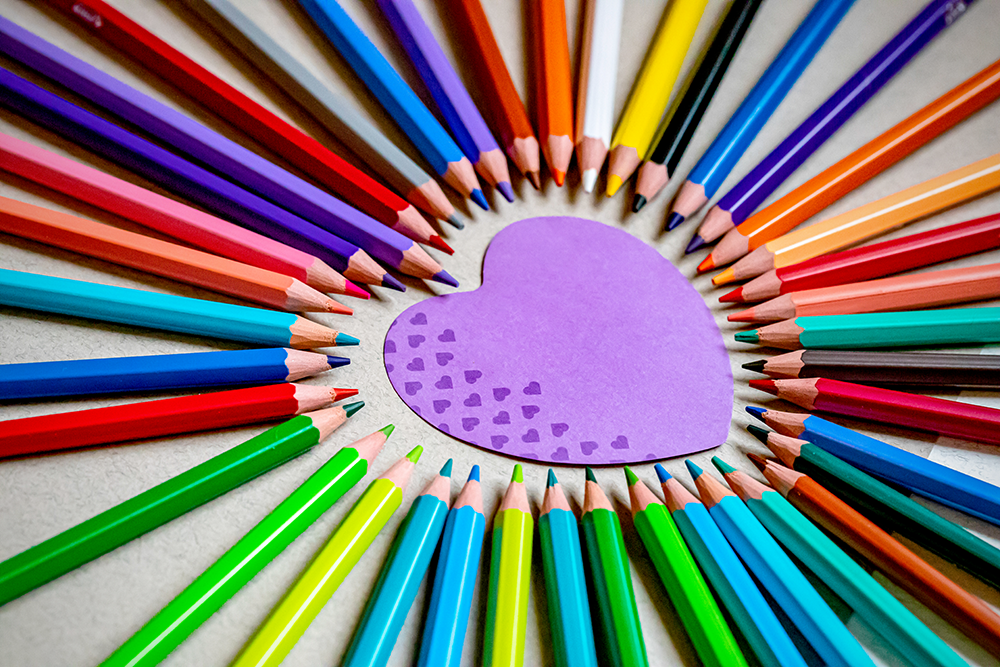
What Are Colored Pencils?
Colored pencils are a type of pencil that contains pigment in its core.
The core is made from a mixture of clay and wax, and it is surrounded by wood.
The wood is usually made from cedar or basswood, although other materials, such as recycled newspaper, can also be used.
The core is then wrapped in a layer of paper or foil.
The wrapper protects the core from damage and also prevents the pigment from smudging or breaking off when the pencil is sharpened.
These pencil cores contain main color pigments combined with binding agents that can be sharpened into a fine point.
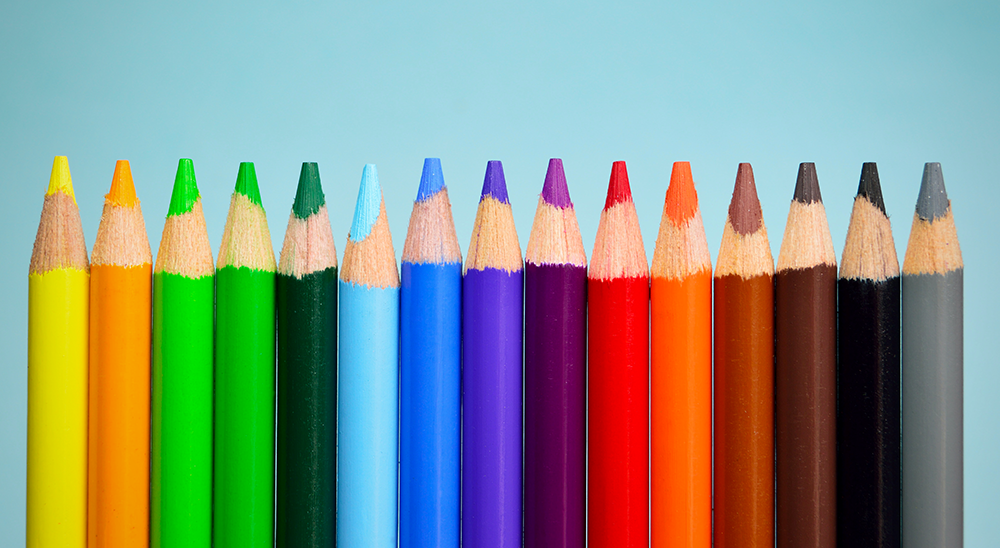
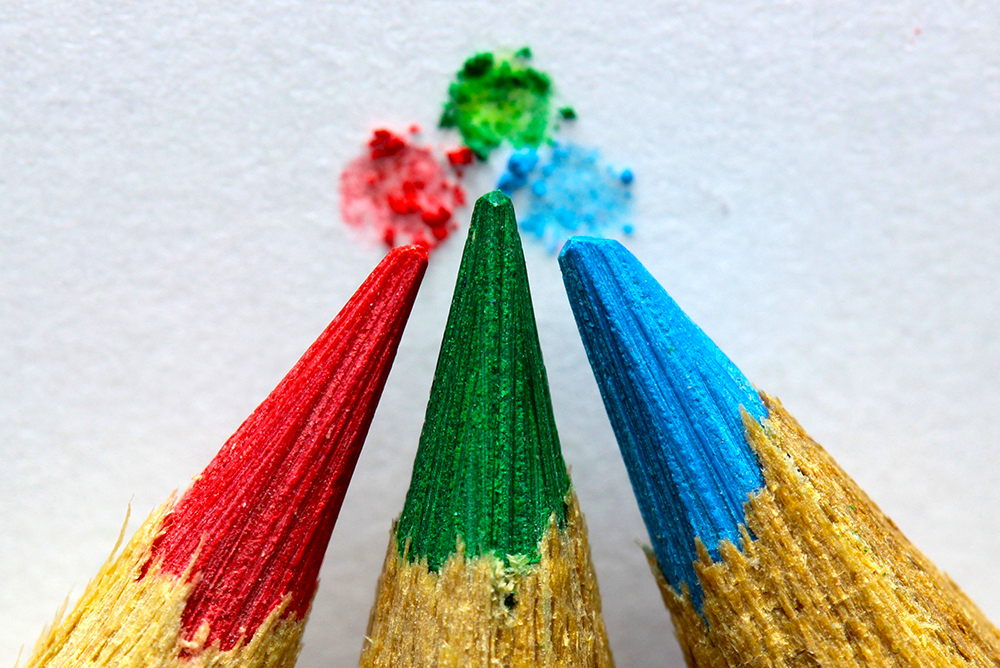
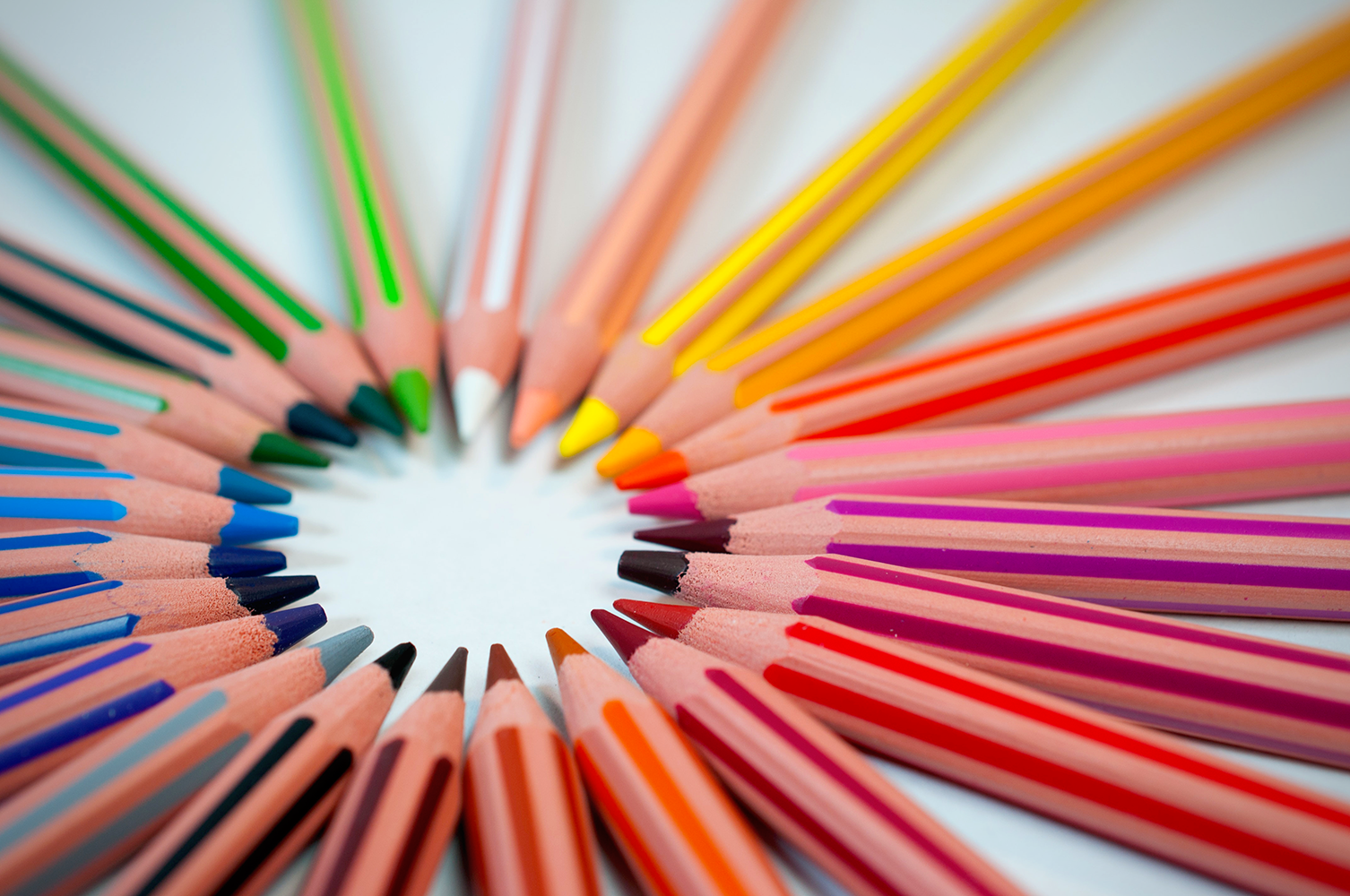
Types of Colored Pencils
There are a few main types of colored pencils: artist-grade, student-grade, oil-based, and wax-based.
Artist-grade pencils are higher quality and more expensive than student-grade pencils.
They contain more pigment in their cores, which results in richer colors that are easier to blend.
Artist-grade pencils also have harder cores, so they resist breakage better than student-grade pencils.
However, hard cores can be more difficult to sharpen without breaking the tips of the pencils.
Student-grade pencils are a good choice for beginners or for those who do not require professional-quality colors.
They are less expensive than artist-grade pencils and easier to sharpen without damaging the tips.
However, their colors may not be as rich as those of artist-grade pencils and they may break more easily.
Oil-based colored pencils have cores made from a mixture of oil and wax.
They are more expensive than wax-based pencils but their colors are richer and more resistant to fading.
Wax-based colored pencils have cores made from a mixture of wax and clay.
They are the most common type of colored pencil and are less expensive than oil-based pencils.
However, their colors may not be as rich and they are more likely to break than oil-based pencils.
There are a wide variety of colored pencils sets and brands you can choose from, such as Faber-Castell, Prismacolor, and Blick Art materials, so there will be a perfect colored pencil set out there for you!


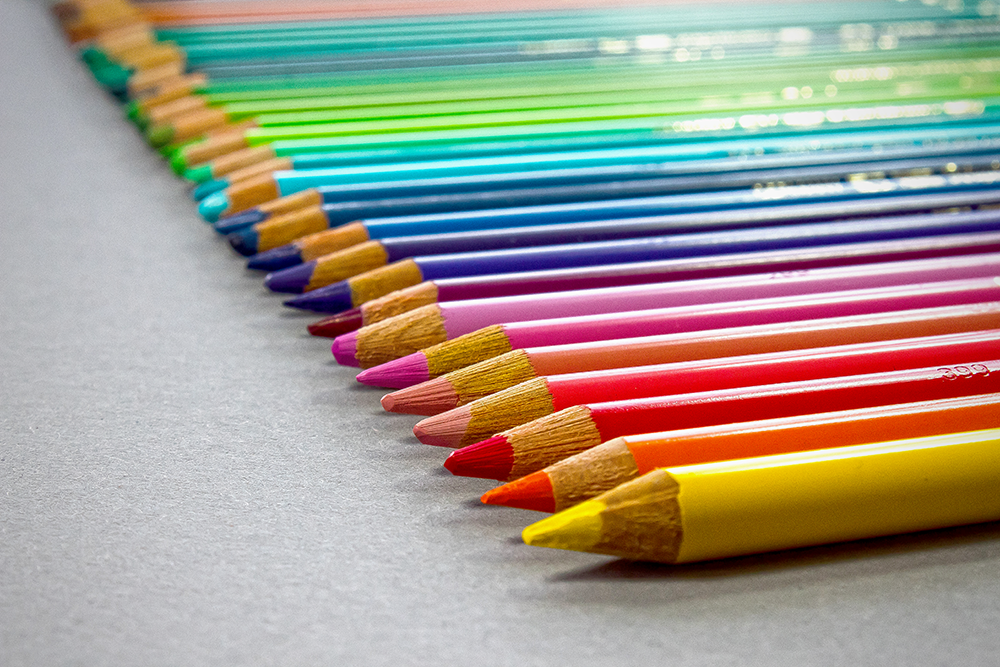
How to Use Colored Pencils
There are a variety of colored pencil techniques you can use in your art, and they allow you to to create rich color art that can be easily blended.
You might think that it's best to apply dark color right away, but when using colored pencils, it's important to start with a light touch.
Colored pencils can be layered to create different effects and depths of color, but it's best to start with light layers of lighter colors and build up to medium color values and deep, dark ones.
Heavy pressure can cause the paper to tear or the tip of the pencil to break.
To create shading and depth, try drawing parallel lines close together or crisscrossing your lines in different directions.
When you shade using different angles, the colors will overlap and visually blend together.
There are often different blending techniques you can use to take your drawings to the next level.
For smooth color transitions, try blending your colors with a piece of paper towel or a cotton swab dipped in petroleum jelly (vaseline).
Some artists use odorless mineral spirits to blend their drawings.
Experienced artists use colored pencil blenders, which are pencils with waxy cores (also known as colorless blender pencils), special inked-markers, and blending stumps that can be used to blend colors together.
When trying out a new technique, it's always best to test it out on a scrap piece of paper to ensure it doesn't ruin your main project.
Experiment with different techniques to see what works best for you!
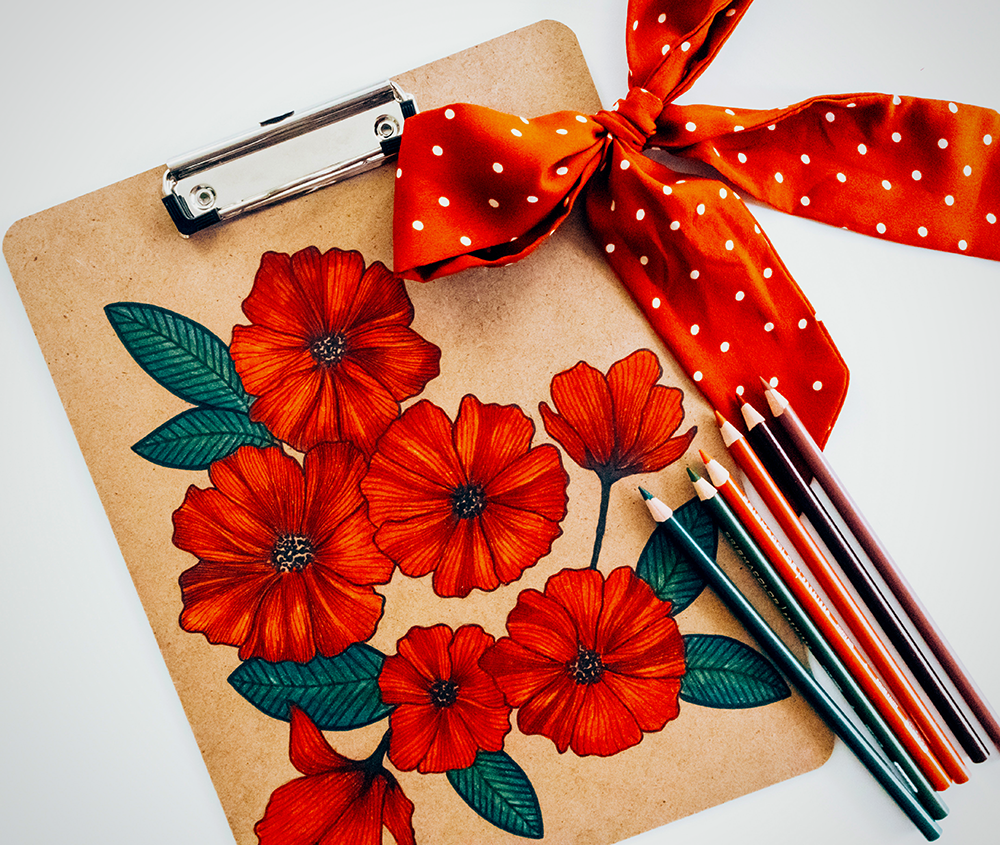

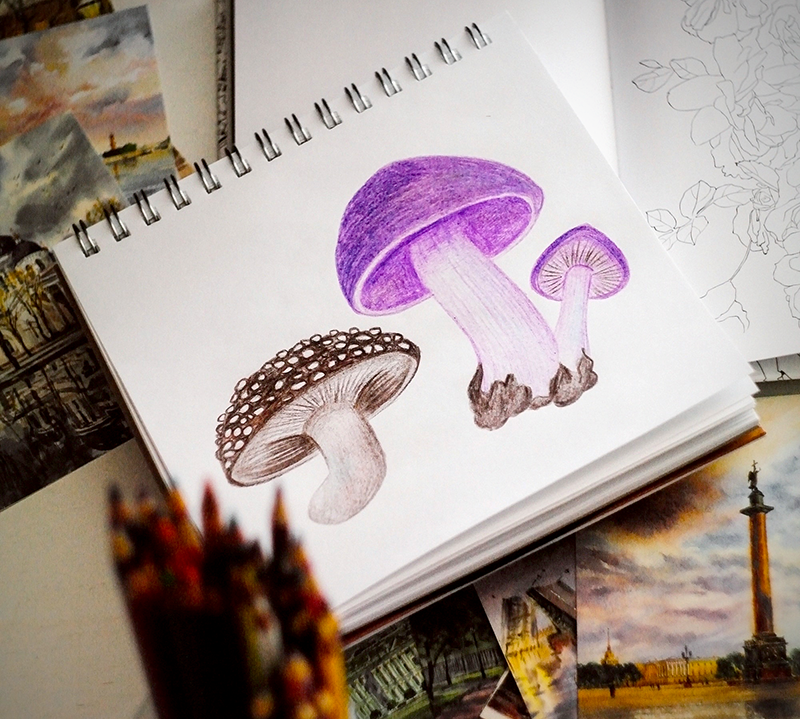
Colored Pencil Art
Colored pencils are a versatile medium that can be used to create beautiful works of art.
From realistic portraits to whimsical landscapes, there's no limit to what you can create with colored pencils.
Colored pencil sets are a great choice for artists, and by following the tips in this article, you should be able to get started using colored pencils like a pro in no time!

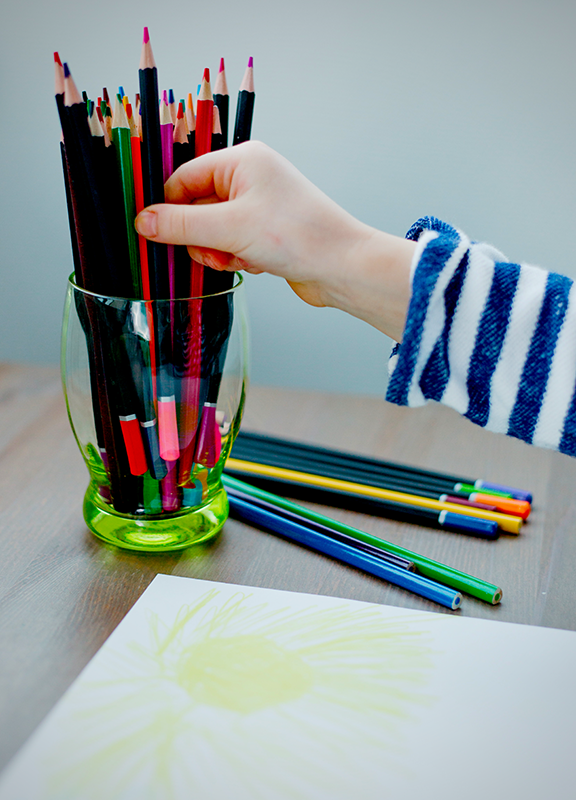
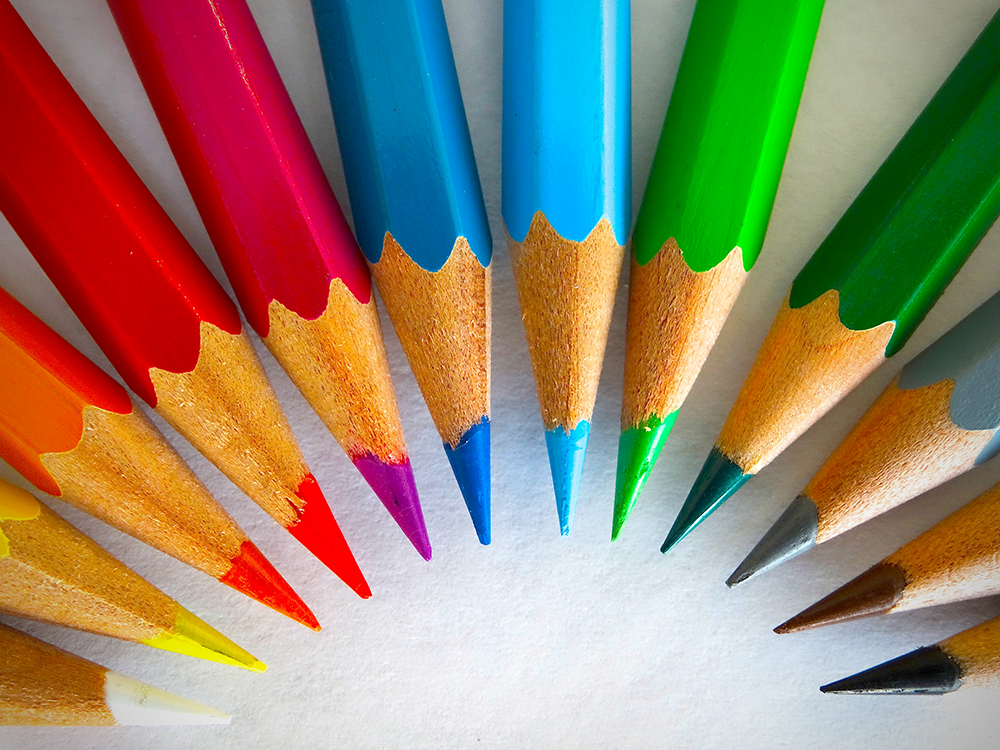
Check out Gemma Chambers Art's video to see the power of layering!
If you want to learn about Do's and Don'ts for colored pencil art, check out Kirsty Partridge Art's video!
Want to start creating with colored pencils?
Check out some of our other articles:
If you want to learn more about other art supplies, head on over to check out some of our other guides:
-Art supplies for coloring books
